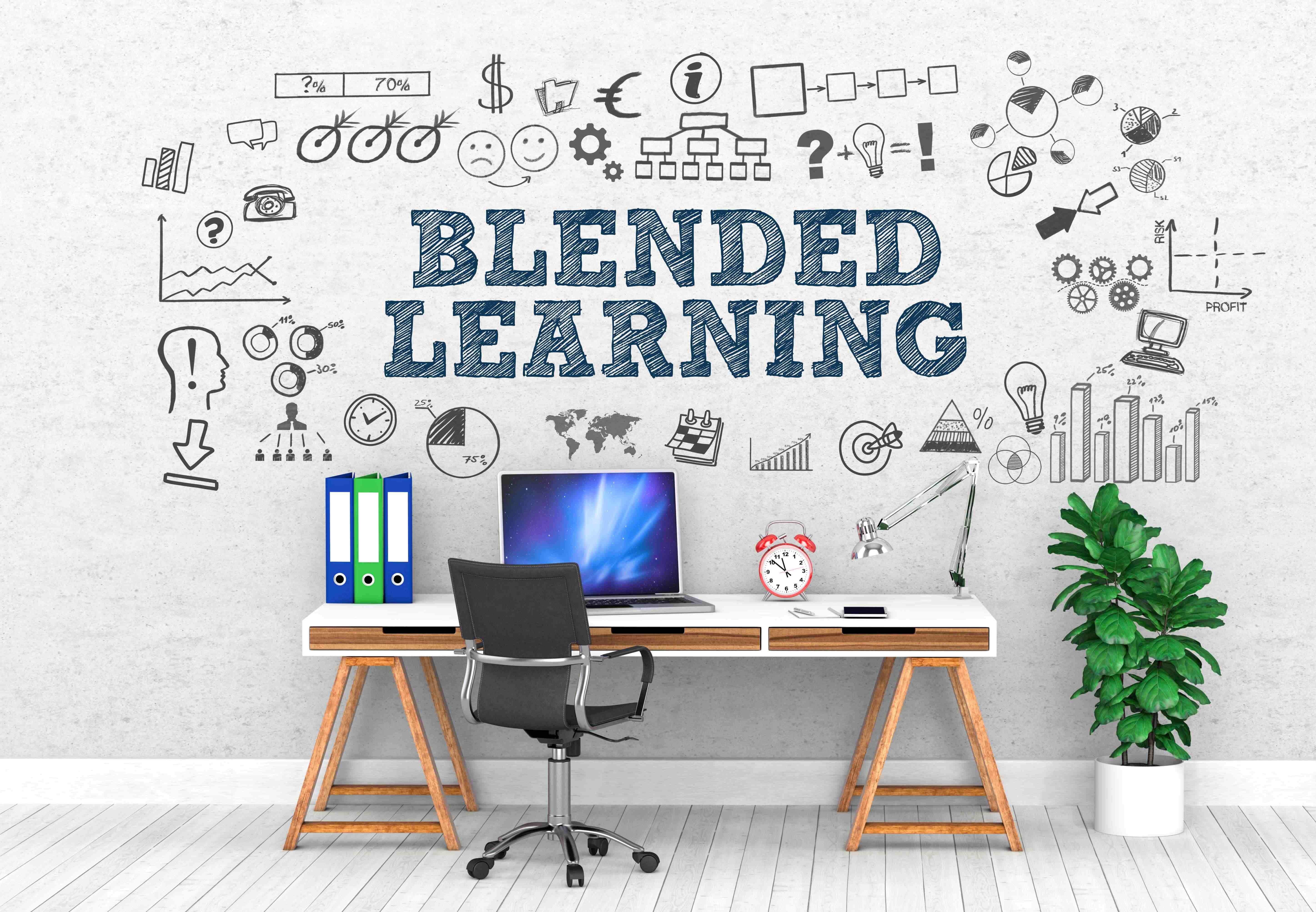
Digital and blended learning is here to stay, but what has been seen over the last few years regarding its performance?
UNICEF notes that “blending online learning with face-to-face teaching generally produces better outcomes than face-to-face or online learning alone”, it was described to also engage students on an emotional level, positively impacting students’ attitudes, enjoyment and interests towards the learning which increased participation and completion rates.
But, why is this?
Some believe that learners have the flexibility to learn when suits them, enabling them to tune into their natural cycles when they feel they can retain information rather than being forced into learning when they may be otherwise occupied, others note that the interactivity and creativity of online learning enhances the student experience and provides something different which students embrace. “When properly designed, delivered and evaluated, online learning initiatives based on a solid digital learning strategy can change a company’s corporate culture, improve employee engagement and increase retention” (CCL, 2020).
With professional development, time is of the essence, particularly for corporate organisations where they will see staff away from their work for periods of time to complete learning programmes. The CIPD (2017) outlines that digital learning requires less time for learning, with 40-60% less ‘time to learn’ than traditional classroom learning. This was then coupled with digital learning resulting in a higher retention rate, the Research Institute of America (2020) outlined retention rates from digital learning to be between 25 and 60%, rather than traditional classroom learning peaking at 10%. With these statistics, it seems to be a no-brainer to include digital and blended learning in the learning and development strategy.
Some would argue that the digital element would be a considerable investment, and the upfront costs into the unknown just aren’t worth the risk. However, with the lost working time, retention and cost of face-to-face training to consider, the digital learning element would (in time) pay for itself. The resources can be used time and time again for other learners, the higher retention rates mean that organisations wouldn’t have to continually re-train their employees. The US Navy implemented VR training combined with immersive learning, initially investing $1.28 million. Closely tracked, they calculated a whopping $4.24 million in avoided costs and an ROI of $2.96 million (Beck, in CIPD, 2021). Not all organisations can splash out $1.28 million on a new immersive learning programme, but it demonstrates that the ROI can be incredible if an organisation is willing to take the plunge.
To conclude, with a huge increase in retention of learning, a reduction of ‘time to learn’ for employees thus enabling them to return to work and an impressive track record of ROI, it seems digital and blended learning is only securing itself a place in becoming part of the ‘norm’ for a learning strategy, rather than being viewed as a fancy and frivolous piece of technology.
CCL (2020). How Technology in Education Improves Student Engagement | ACC Blog
CIPD (2021). Digital learning in a post-COVID-19 economy: a literature review (cipd.org)
Research Institute of America – WeForum (2020). The rise of online learning during the COVID-19 pandemic | World Economic Forum (weforum.org)



